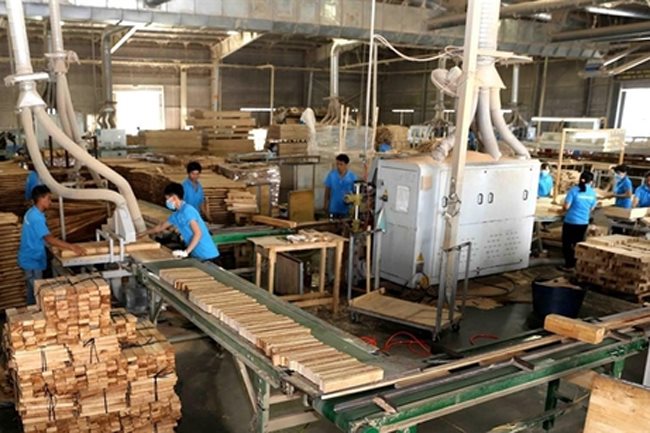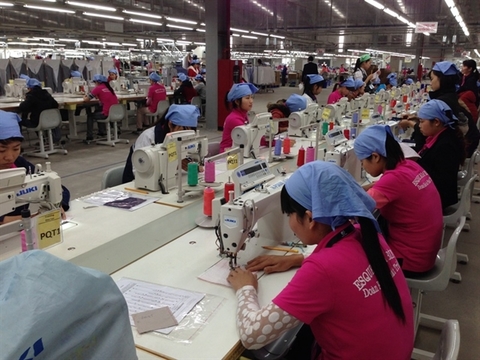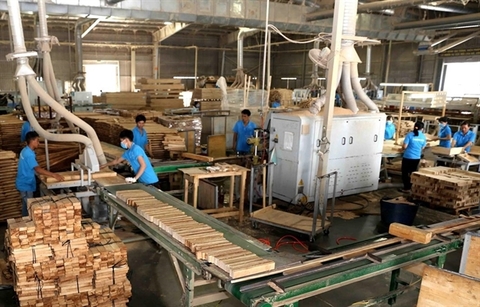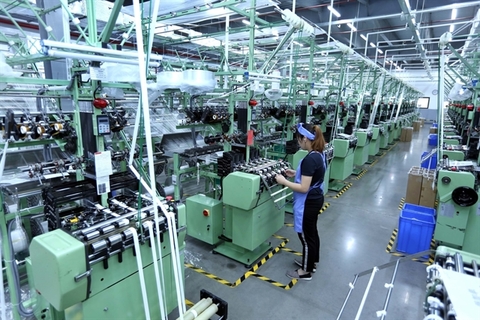US$20 billion wood export target seen as difficult to reach by 2025
US$20 billion wood export target seen as difficult to reach by 2025
Without acting today to ensure the proper planning and execution, the local wood-processing sector will find it difficult to fulfill the Government’s annual wood export target of US$20 billion by 2025.

The country earned US$10.5 billion in exports of wood and wood-based products in 2019, up 18% against the previous year, according to the Vietnam Administration of Forestry, under the Ministry of Agriculture and Rural Development.
Vietnam has shipped wood products to many countries, including choosy markets such as Japan, Europe and the United States.
Earlier, China was the largest export competitor of Vietnam in the wood sector. However, last year saw China increase its imports of Vietnamese wooden products.
According to analysts, the rate of exports has, in part, confirmed that Vietnam’s wood-processing sector is developing quite well.
However, it is challenging for the sector to achieve foreign sales of US$20 billion by 2025, while maintaining its annual growth rates of 18%-20%.
On January 9, Minister of Agriculture and Rural Development Nguyen Xuan Cuong chaired a working session with the Vietnam Timber and Forest Product Association in Hanoi.
To achieve the export target requires forestry and wood-processing associations to come up with a comprehensive solution to the development of an economic value chain for the sector, said the association’s chairman, Do Xuan Lap.
He also suggested zoning off concentrated production areas for wood producers, expanding high-quality human resource training, and developing the best wood raw materials.
Further, Chairman of the HCMC Association of Fine Arts and Wood Processing Nguyen Quoc Khanh recommended expanding investment in value chains from production, design and trade to brand building for wood products.
Among the challenges, human capital is a major obstacle to the sector, as the number of workers is quickly decreasing. Officials said these workers have opted for jobs in other sectors, due to shifts in manufacturing investment from foreign firms in Vietnam.
Land prices for industrial development are also high, making it difficult for wood processors to expand their production.
Such firms are also finding it challenging due to the industry’s digital transformation, as they are under pressure to quickly adapt to new designs, production technologies and ecommerce requirements.























